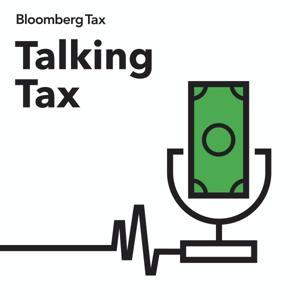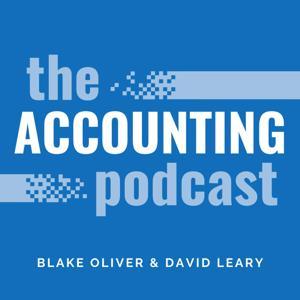In this episode, Benjamin Alarie, CEO and co-founder of Blue J, and Ashley Francis, CPA/PFS, owner of The Francis Group, PLLC, discuss the integration of artificial intelligence (AI) in tax research. They sift through the best practices for using AI tools, the importance of asking the right questions and the future of AI in the tax profession. The conversation also touches on the potential risks and cautions associated with using AI, emphasizing the need for professional judgment and client confidentiality.
What you'll learn from this episode:
- How to integrate AI tools into your tax research workflow
- Ways to evaluate AI output to determine accuracy
- The top cautions and risks associated with using AI for tax research
- The future of AI in tax research
AICPA and CPA.com resources
Artificial Intelligence (AI) Tax Resource Center — Explore the AI Tax Resource Center for insights, tools and guidance on leveraging artificial intelligence to optimize tax practices and enhance compliance.
The future of tax research: Frameworks, use cases, and best practices for AI research — A practical framework to evaluate, adopt and scale AI-powered research tools
Bartlett, Pringle, and Wolf (BPW) Case Study: Learn how BPW turned to Blue J to confidently embrace generative AI — gaining instant, verifiable tax answers and high-quality drafts without compromising accuracy or authority
Blue J AI Tax Research — Sign up today to access preferred pricing through the CPA.com partner program.
Keep your finger on the pulse of the dynamic and evolving tax landscape with insights from tax thought leaders in the AICPA Tax Section. The Tax Section Odyssey podcast includes a digest of tax developments, trending issues and practice management tips that you need to be aware of to elevate your professional development and your firm practices.
This resource is part of the robust tax resource library available from the AICPA Tax Section. The Tax Section is your go-to home base for staying up to date on the latest tax developments and providing the edge you need for upskilling your professional development. If you're not already a member, consider joining this prestigious community of your tax peers. You'll get free CPE, access to rich technical content such as our Annual Tax Compliance Kit, a weekly member newsletter and a digital subscription to The Tax Adviser.




































